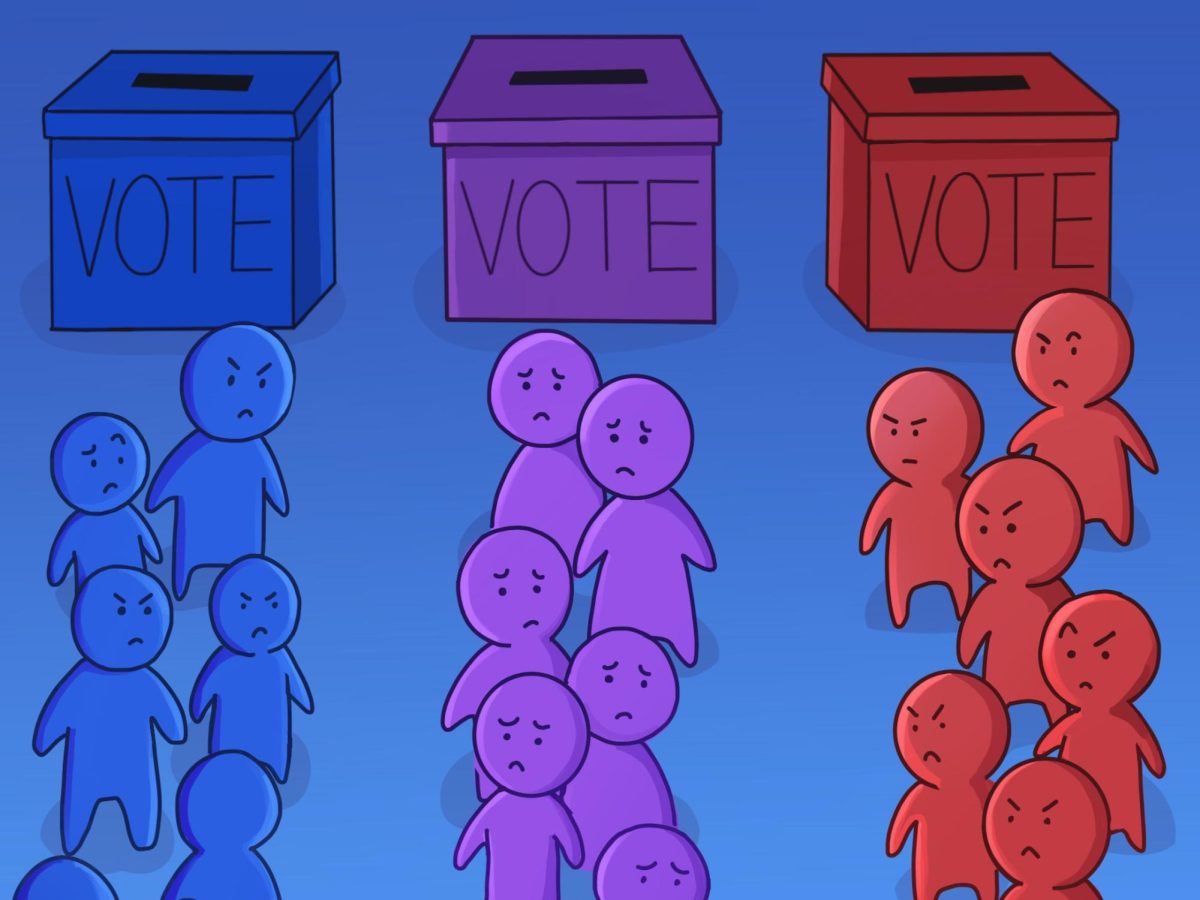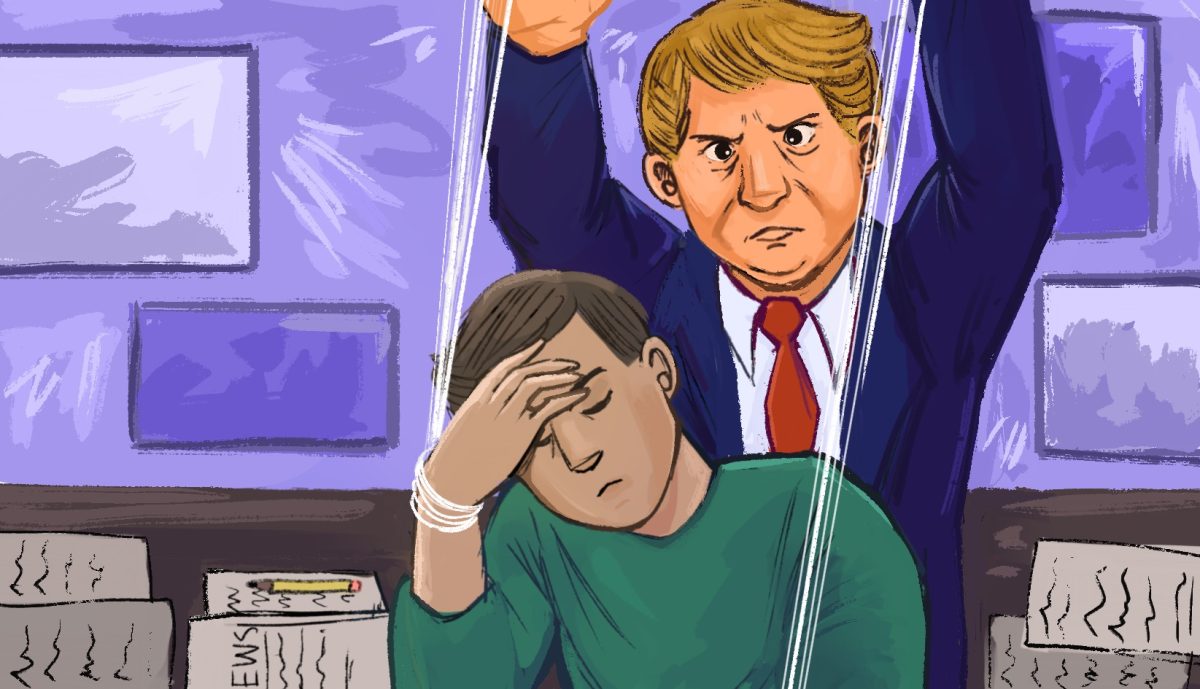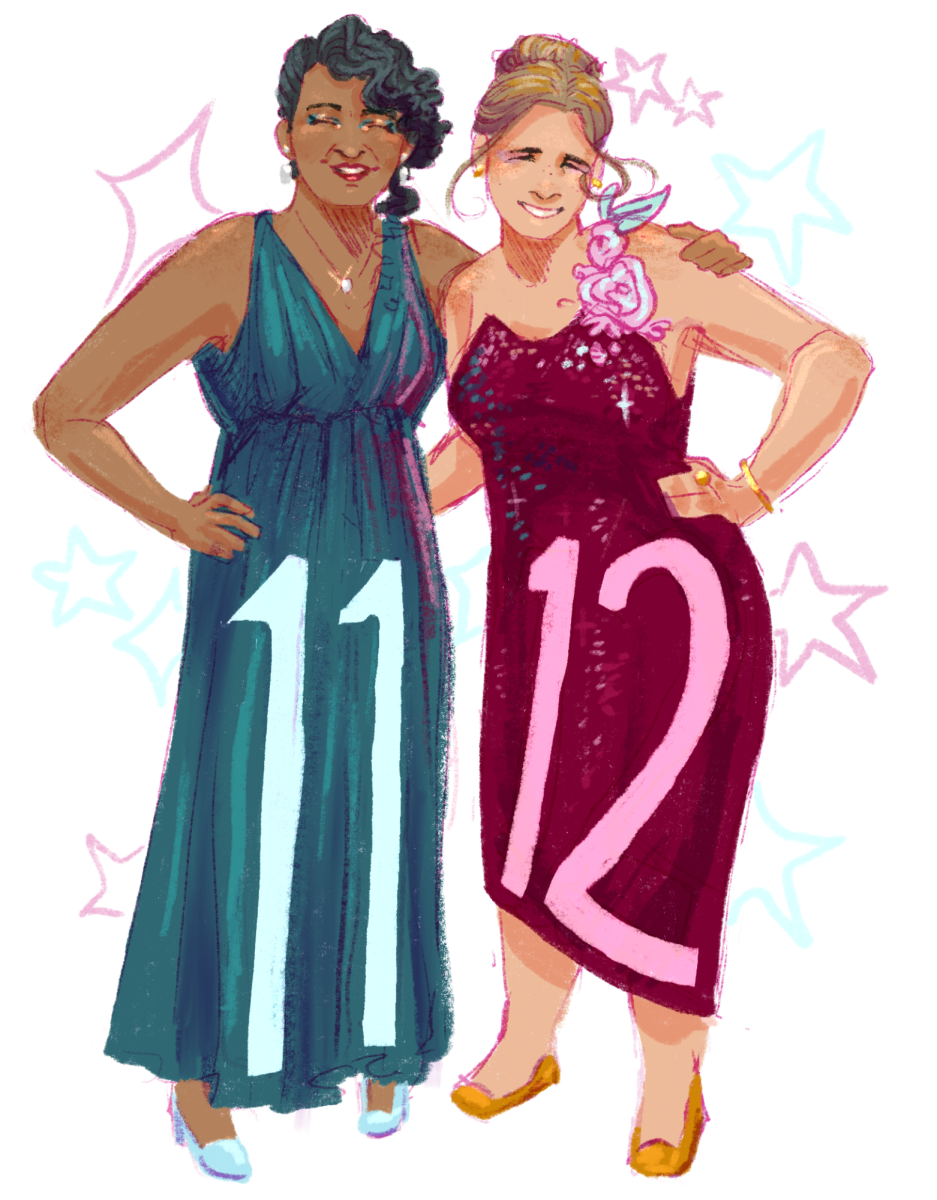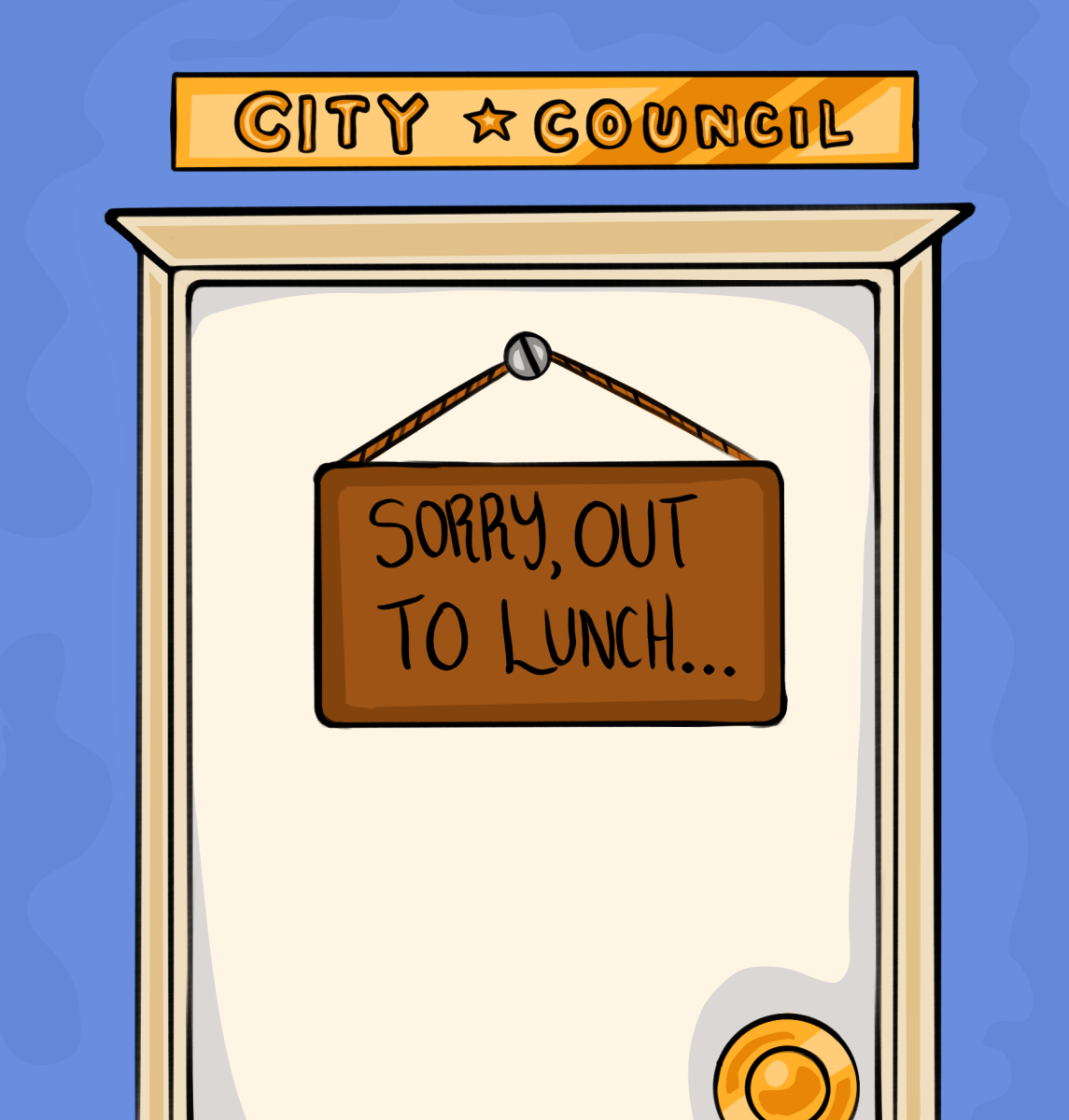Scrolling through the comment sections of Green Party candidate Jill Stein and People’s Party candidate Cornel West’s Instagram reels, almost every post is shadowed by the popular declaration: “A third-party vote is a vote for Trump.”
It’s probably true. Take the 2000 presidential election, when Green Party candidate Ralph Nader won above 97,000 votes in the closely contested Florida, costing Democratic candidate Al Gore essential electoral votes and functionally electing Republican candidate George Bush.
When Nader ran for office, many liberals were frustrated that he ran at all, given the nature of the race. Instead, they should have been angry at the system that forced voters to pick between two parties that didn’t represent them.
Ranked choice voting, a method used in many local elections, lets voters rank candidates by preference rather than voting for just one. Suppose there are three candidates: A, B, and C. 2000 voters rank B first, C second, and A third. If A wins 40% of first-choice votes, B wins 25%, and C wins 35%, B would be eliminated and those 2000 votes would be redistributed to C. This would continue until a candidate got over 50%.
The 2024 presidential election exemplifies both the intense polarization of our country and the lengths an elected official can go without being held accountable by voters. If a second-choice vote was established, candidates might be incentivized to appeal to their opponent’s base rather than just attacking them and could reduce negative campaigning, increasing unity. And if, for those second and third-choice votes, they also had to answer to more constituents in the hopes of getting elected again, they might be more responsible in an attempt to appeal to potential voters.
Furthermore, many don’t vote third-party because they think their vote would be wasted, but with ranked-choice voting, if that third-party candidate didn’t win, their vote would just get redistributed to their second choice. That means third parties might actually be able to access government positions, an area where they’ve notably been struggling, thus creating a greater diversity of options more representative of the public. The resulting higher voter turnout and civic engagement would further remedy America’s extreme partisan divisions.
When reflecting back to Stein, West, Nader, and other third-party candidates our two-party system isn’t kind to, embracing new voting methods could open doors to a broader political landscape, allowing all voices to be heard for once.
This piece was originally published in Zephyrus’ print edition on November 4, 2024









